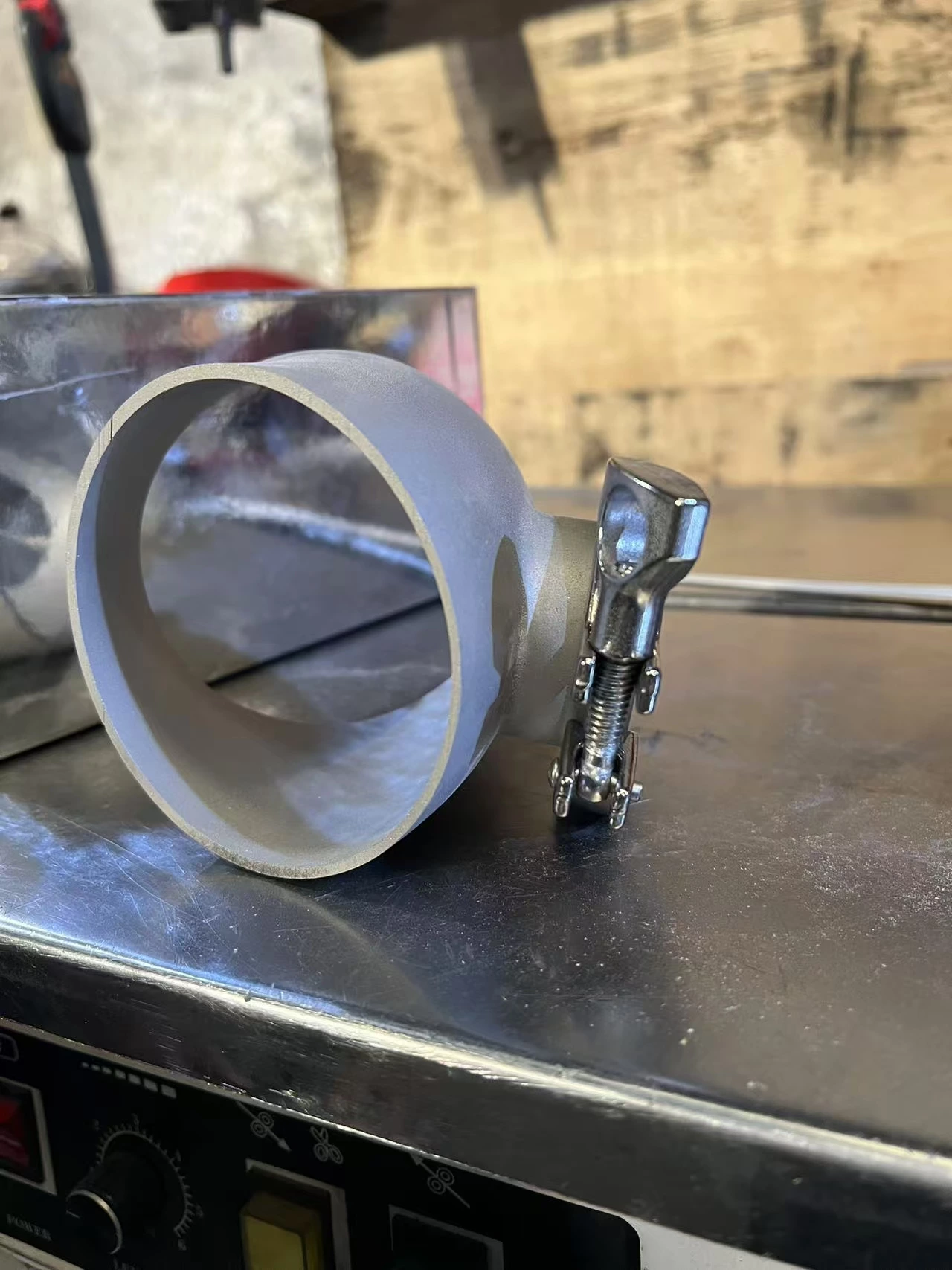Production Process Of Stainless Steel Pipe Fittings
Stainless Steel Weld Fittings mainly includes equal-diameter joints, reducing joints, adjustable joints, 90° elbows A (B), external thread tee adapters, reducing tees, internal thread tee adapters, 90° (internal) external thread adapters, 45° elbows A (B), equal-diameter tees, equal-diameter crosses, (internal) external thread joints, dynamic curtain joints, pipe caps, pipe bridges, flange joints, etc.
Taking equal-diameter joints and 90° equal-diameter stainless steel pipe elbows as examples, the specific production processes are similar and slightly different. For example, the equal-diameter stainless steel pipe fitting joint is a long water pipe. After equidistant cutting, the burrs are removed and it reaches the water expansion forming machine for one-time water expansion forming. It is understood that the internal water pressure of the water expansion forming machine is as small as about 70 tons and as large as 700 tons.
There are manual operating machines and fully automatic elbows for 90° equal-diameter elbows. The manual pipe bending machine mainly uses the machine to bend the equidistant pipes after cutting, and then goes to the water expansion machine for water expansion forming. Automatic pipe bending mainly involves manually placing the cut equidistant pipes into the groove. After the machine is started, the robot arm automatically picks them up and puts them in the designated position for bending. High work efficiency.
At present, there are national standard I series, national standard II series, European standard and other products in China. National standard II series and European standard are only used in a few places in my country, and national standard I series stainless steel pipe fittings are used more.
Thin-walled stainless steel pipe fittings implement GBT 19228.1-2011 Stainless steel pipe fittings standard Part 1, pipe fittings standard, released in 2011 and implemented in 2012. This standard stipulates that for pipe fittings below DN100, the nominal diameter pressure is not greater than PN16.
